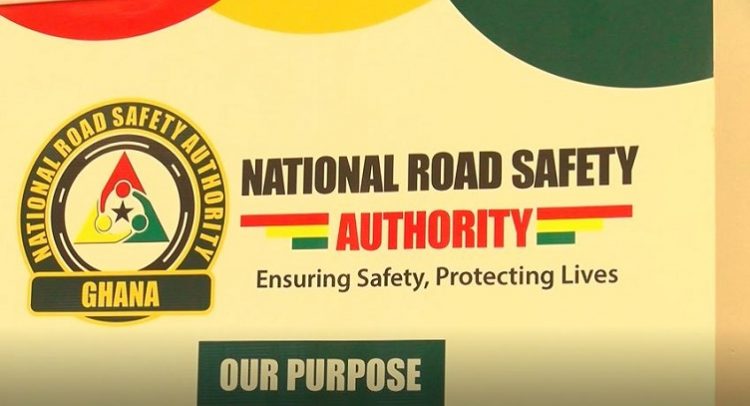One of the steps taken by road safety related agencies such as the National Road Safety Authority, the Motor Transport and Traffic Department (MTTD) of the Ghana Police Service to prevent accidents during the Easter was the compulsory removal of broken down vehicles along the major highways. Of course the Accra to Kumasi, Accra to Takoradi and the Accra to Aflao come to mind when such exercises are mentioned.
While the move is good and should be commended, the drawback is that it lacks consistency and would stop now that Easter is over.
Here is to ask that consistency be allowed to remain a feature of road safety management as far as broken down vehicles along our highways are concerned. Abandoning the exercise when festivities such as Easter and Xmas are over does not help.
Another area worth looking at is broken down vehicles dotting some streets in Accra.
These abandoned vehicles unlike those on the highways might not be sources of crashes, they nonetheless make the city which is already battling filthiness unattractive.
It is common to describe a place by using such abandoned vehicles because after all they are permanent features of the streets.
Our efforts at making the nation’s capital attractive, being the gateway to inner parts of the country especially the tourist havens, would come to naught when we do not address this nuisance.
The owners of these unserviceable vehicles leave them in the streets for two or even three decades; with no possibility of these cars returning to the roads, their manufacturers having long abandoned the production of those particular brands, they remain parts of the roads to the nuisance of residents and motorists as they occupy a quarter of the road, gathering dust and providing shelter for rodents and reptiles. A 1960 ‘dead’ Mercedes Benz 180D has been parked in a street at a section of Kokomlemle, the place now a grave for the car.
The relevant assemblies must liaise with the Police MTTD to rid the city’s streets of the nuisance.
In Nima, Accra Newtown, Sukura, Mamprobi, Teshie and other parts of the city, the feature is common with some abandoned vehicles spending over two decades at the location where they were last left by their owners.
The challenge of law enforcement is a drawback which continues to impede our efforts in reversing negative status quos in the nation’s capital and elsewhere in the country.
Sometimes attempts are made at ridding our streets of the broken down vehicles, but like other efforts before them, they are short-lived, evaporating into thin air as soon as they are started.
The partnership between residents and the authorities, in this case the district and municipal assemblies towards beautifying our cities is missing hence the eyesores on our streets.
We have observed the clamping of vehicles which park at undesignated parts of the city by some municipal assembly staff.
We wish the services of these staff could be extended to streets which serve as junkyards for Bedford, Austin and Hillman vehicles which served their owners even before independence.


